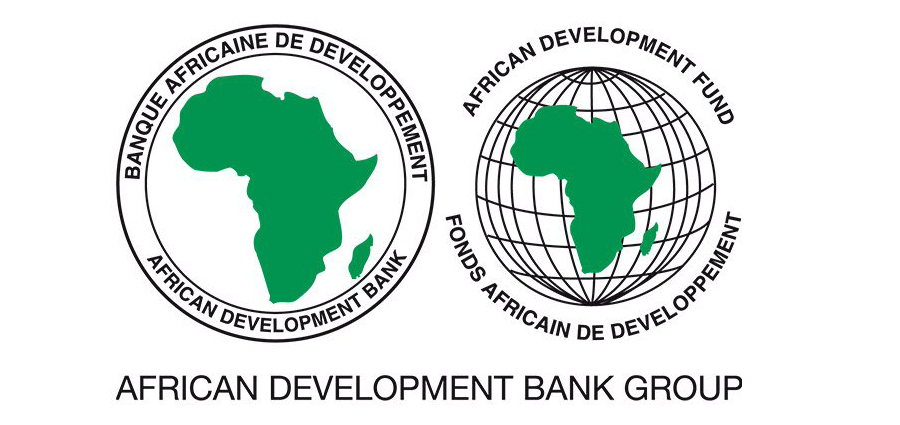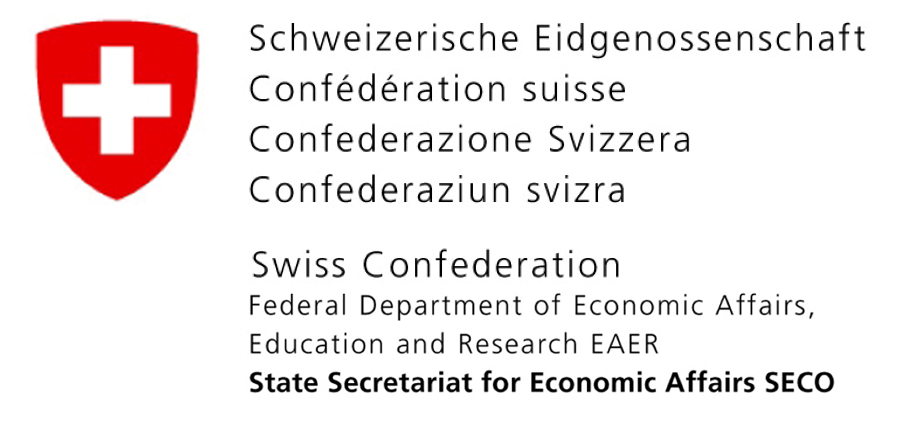Assessment of the Non-Motorized Transport Program, Kenya and Tanzania
Scott Wilson

Scott Wilson was appointed by the SSATP/World Bank to undertake a technical assessment of pilot projects implemented in Kenya and Tanzania under Phase II of the Non-Motorized Transport [NMT] Program between 1995 and 1999. This report is submitted in response to the requirements of the Terms of Reference for the assessment. It provides an overview of the various program activities and their strengths and weaknesses. An assessment is made of whether the pilot projects have contributed to achieving the long-term objectives of the (NMT) Program. The assessment of the pilot projects is based on a review of the literature that was made available to the assessment team, and interviews with key informants. An attempt has been made to seek independent views with minimal dependence on input from the NMT Consultants. However, most of the project reports were produced by the consultants, either directly or under close supervision. The Guidelines for Pedestrian and Bicycle Traffic in African Cities, which was written by the consultants and published by Delft University after the project had ended, is the only comprehensive record of the various NMT activities. A significant proportion of the project reports were not made available to the assessment team. The team was referred to the Guidelines produced by the NMT Consultants as a comprehensive source of information relating to the project. However, the Guidelines were produced in the format of a textbook, and include few details of the process followed by the project team, or the delivery of outputs in relation to the original program of activities. However, what is clearly evident is that the pilot interventions have generated a significant body of technical information for the planning and implementation of NMT measures. Important lessons have been learned about how to involve users at all stages of the project cycle, and about building capacity in local authorities. This information will be of enormous benefit to governments, local authorities, planners and engineers throughout Sub-Sahara Africa.







